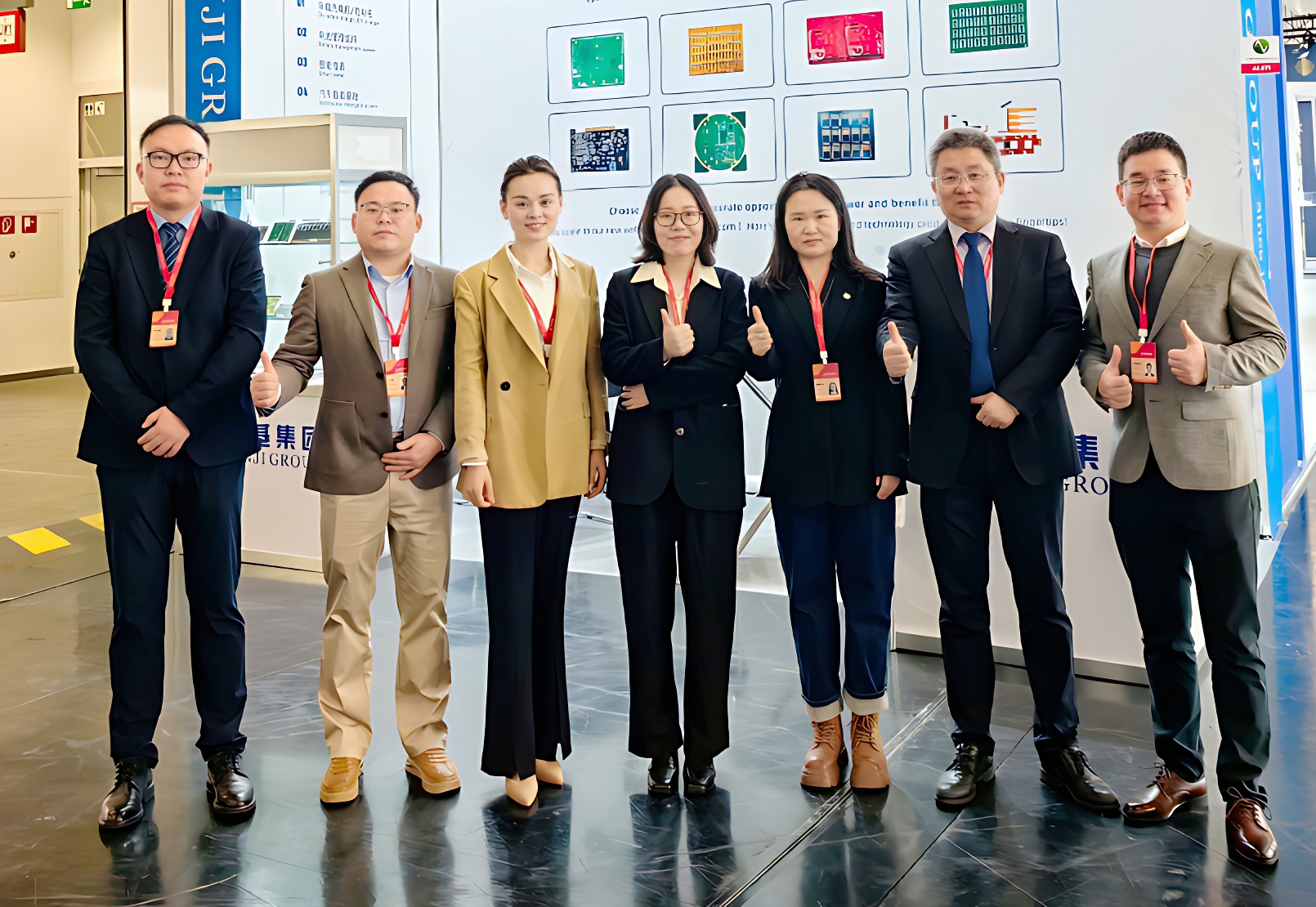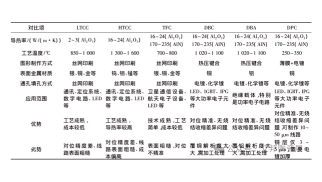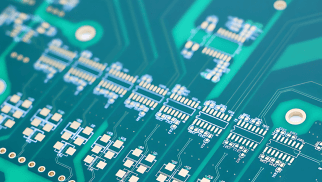Sorry, no sales person is available right now to take your call. Pls leave a message and we will reply to you via email as soon as possible.
Differences Between High-Speed RF PCB Laminates and Standard FR4
2025-03-26
High-speed RF PCB laminates and standard FR4 materials exhibit distinct differences in material properties, performance parameters, and application scenarios. Below is a detailed comparison translated.
1. Material Composition & Core Characteristics
| Feature | High-Speed RF PCB Laminates | Standard FR4 |
|---|---|---|
| Base Material | Typically uses high-frequency substrates (e.g., modified polyphenylene oxide (PPO), PTFE composites) | Glass fiber reinforced epoxy resin composite |
| Key Performance | Low dielectric constant (Dk) and low dielectric loss factor (Df) | Moderate Dk (4.0-4.7) and higher Df (0.01-0.03) |
| Impedance Control | Strict impedance matching required for signal integrity | Less critical impedance control |
| Moisture Absorption | Low moisture absorption to prevent dielectric property changes | Higher moisture absorption rate (0.01% after 24h immersion) |
| Thermal Stability | High thermal stability for complex environments | Good thermal stability up to 180°C |
2. Application Fields
| Scenario | High-Speed RF PCB Laminates | Standard FR4 |
|---|---|---|
| Primary Applications | 5G communication systems, satellite communications, automotive ADAS, radar systems, high-speed digital interfaces | Consumer electronics (e.g., power supplies, low-frequency circuits), mechanical insulation components |
| Signal Frequency | Designed for frequencies >1GHz, supporting high-speed digital/RF signal transmission | Suitable for frequencies <1GHz, primarily for general-purpose circuit boards |
| Design Complexity | Requires advanced PCB manufacturing (microstrip lines, multilayer HDI structures) | Simpler circuit layouts with standard insulation requirements |
3. Technical Advantages & Limitations
| Aspect | High-Speed RF PCB Laminates | Standard FR4 |
|---|---|---|
| Advantages | Minimal signal loss, low latency, excellent electromagnetic shielding | Low cost, good mechanical strength, easy processing |
| Limitations | Higher material costs, complex manufacturing processes | Poor performance in high-frequency/high-speed applications |
| Material Trends | Growing adoption of PPO resins for improved processability | Increasingly replaced in advanced communication systems |
4. Core Technical Parameters
| Parameter | High-Speed RF PCB Laminates | Standard FR4 |
|---|---|---|
| Dk Stability | Tightly controlled Dk variation (<±0.05) | Wider Dk tolerance (±0.2-0.3) |
| Df Value | Typically <0.002 at 10GHz | Df ≈0.01-0.03 at 1GHz |
| Processing | Requires specialized equipment for impedance control and via design | Compatible with standard PCB manufacturing processes |
Summary
High-speed RF PCB laminates are optimized for cutting-edge applications demanding ultra-low signal loss and high-frequency stability, leveraging advanced materials like PPO. In contrast, FR4 remains suitable for cost-sensitive, low-frequency applications. The choice hinges on design requirements for signal integrity, operating frequency, and budget constraints.
Previous Article: 2-Layer Power Supply Ceramic Board PCB
trending news
Contact Us





